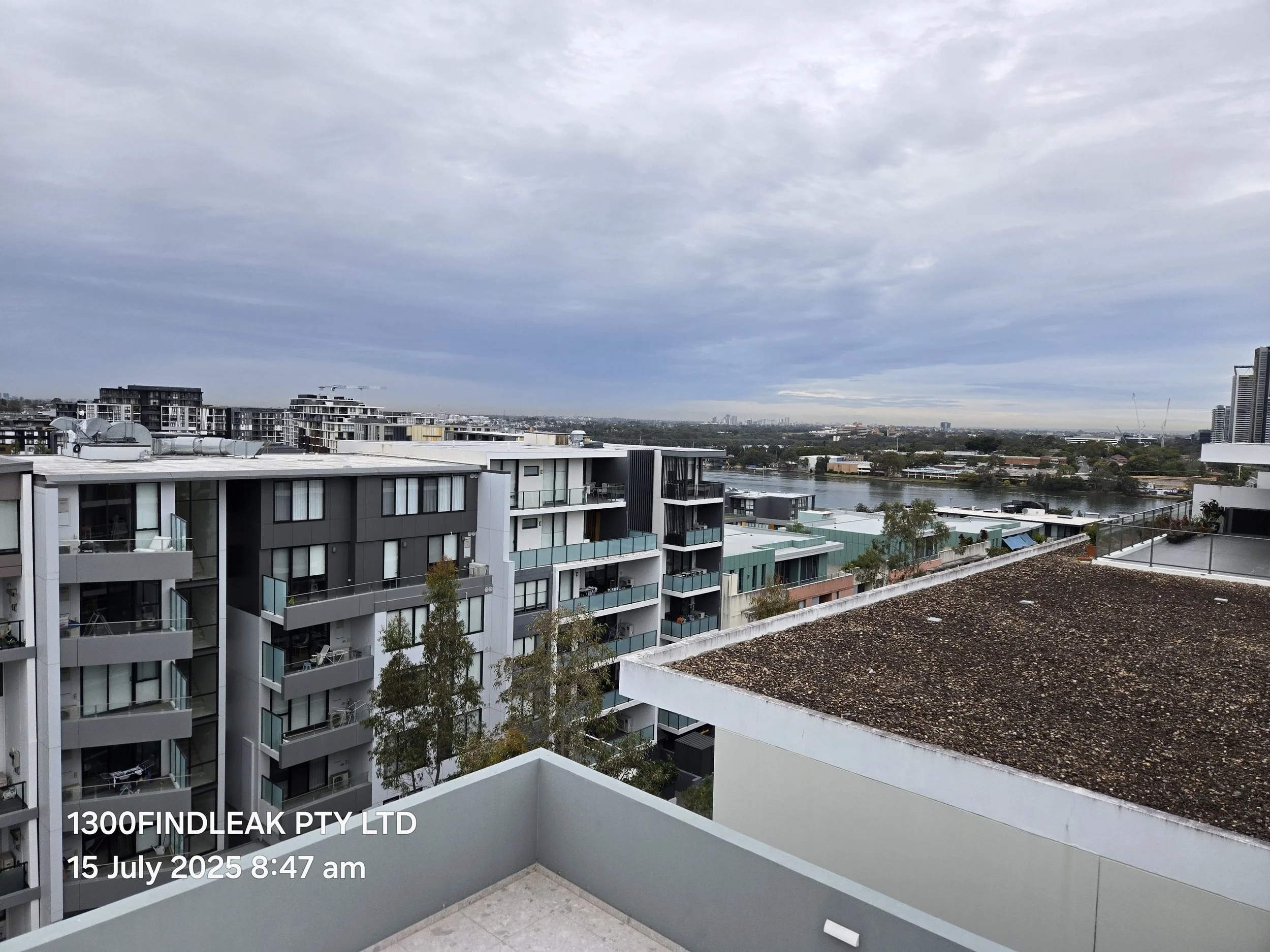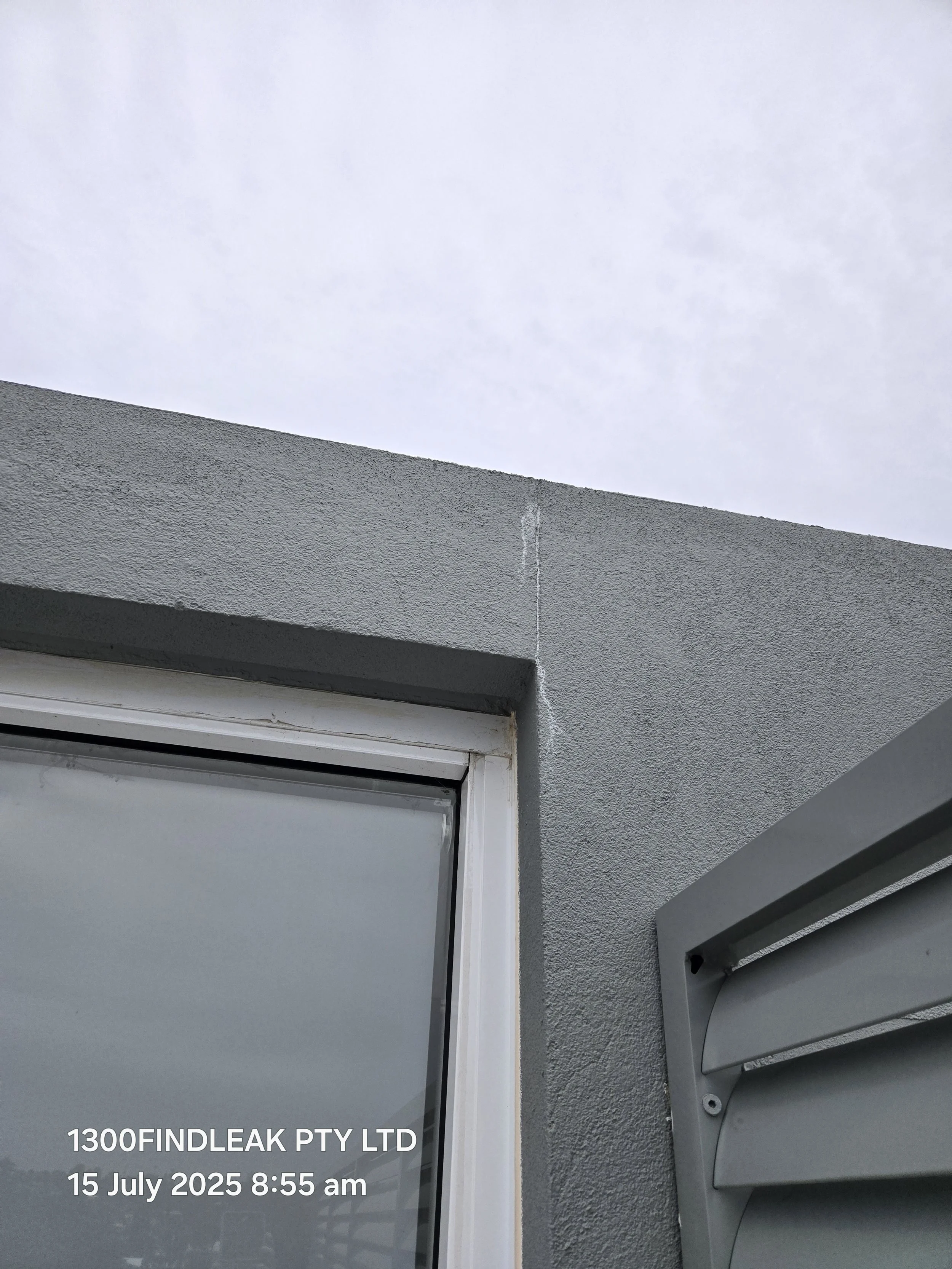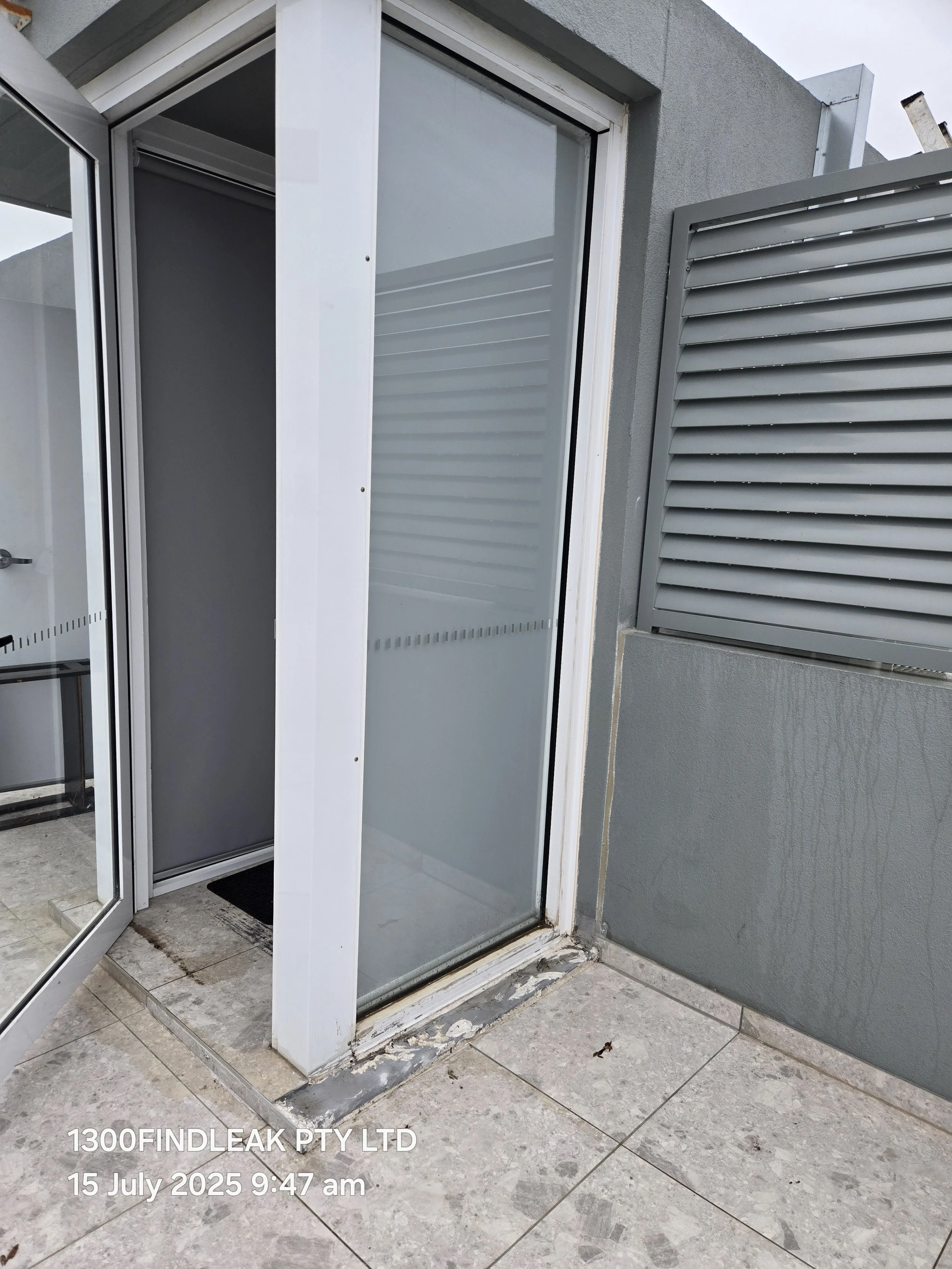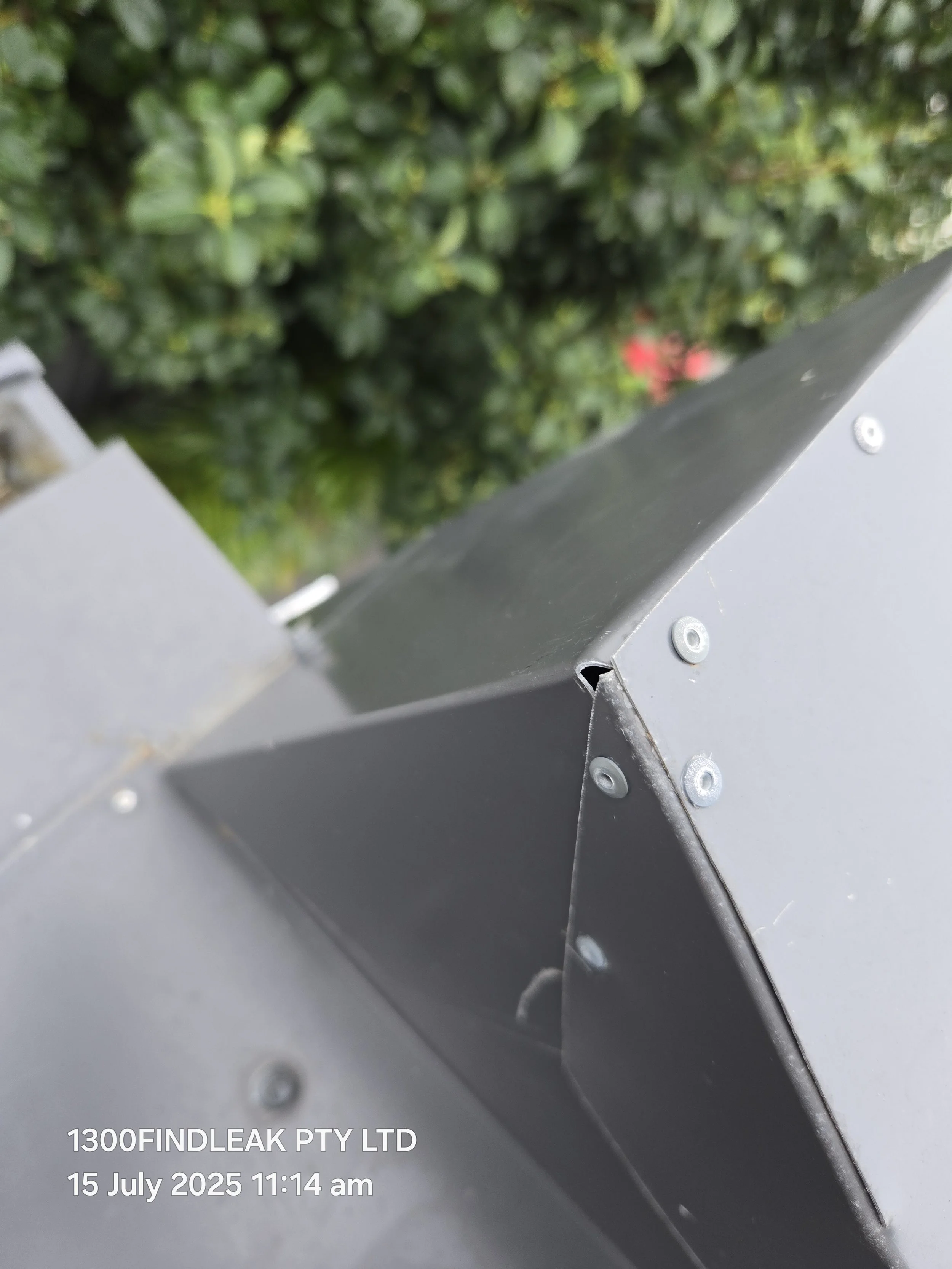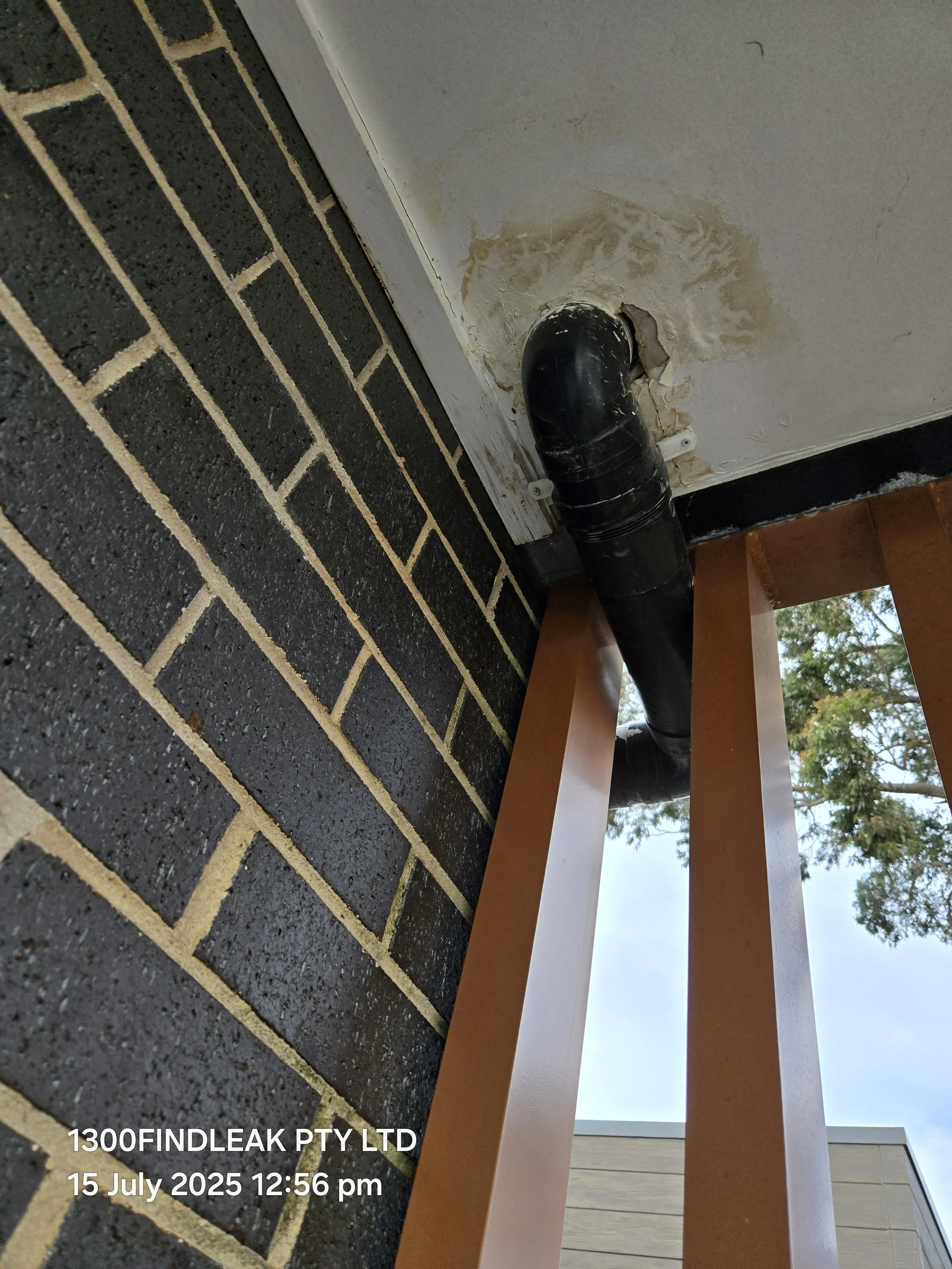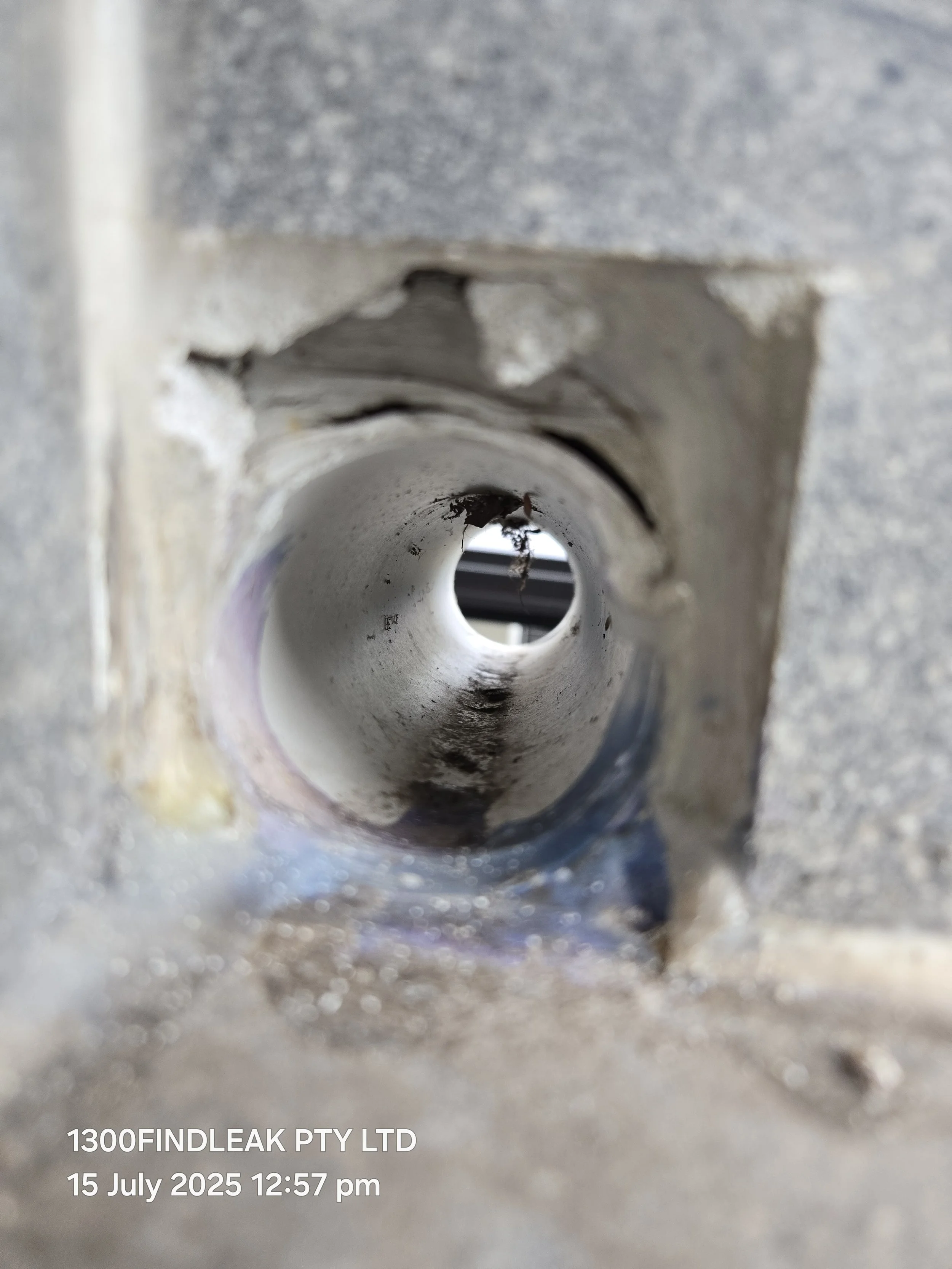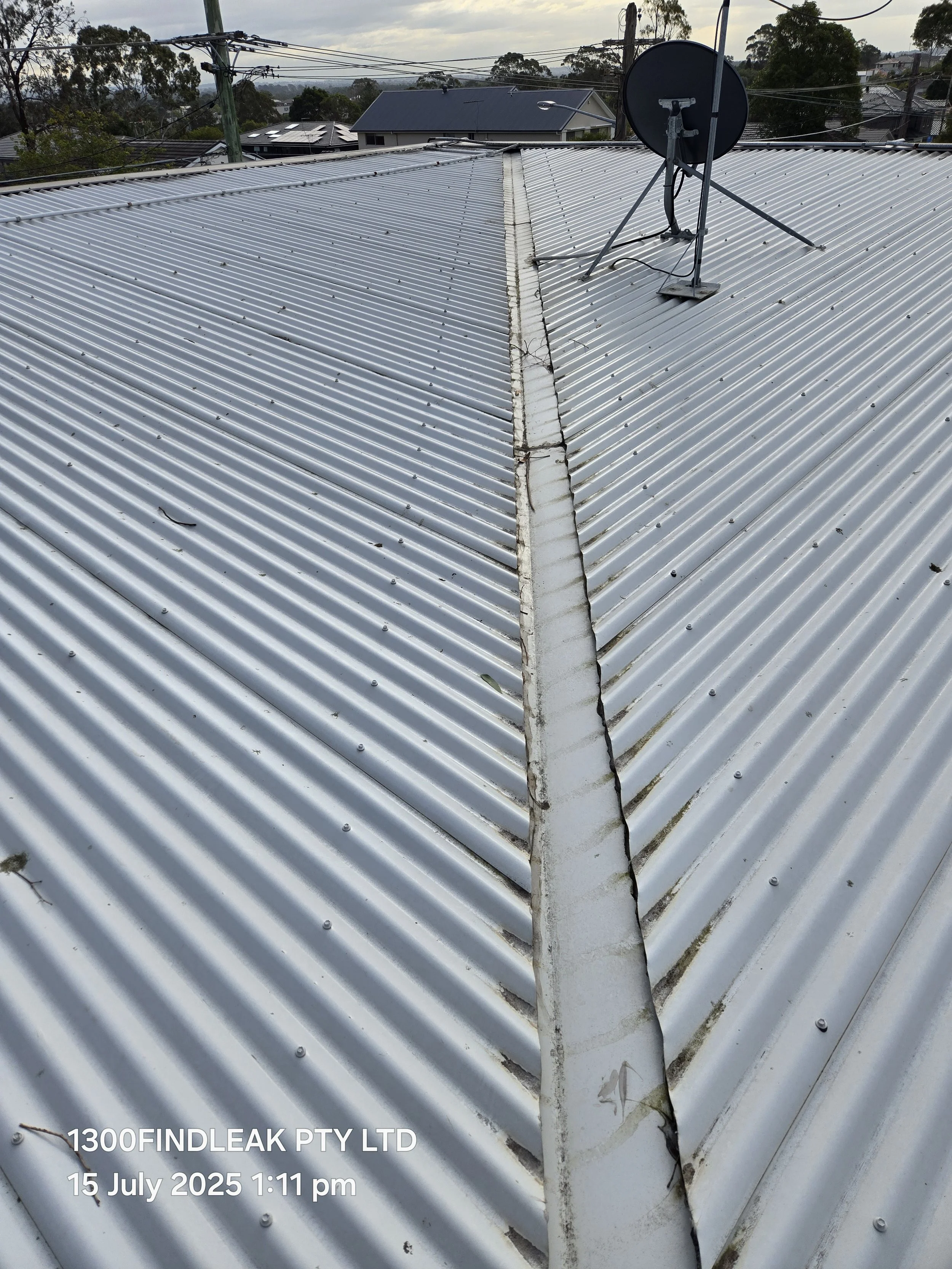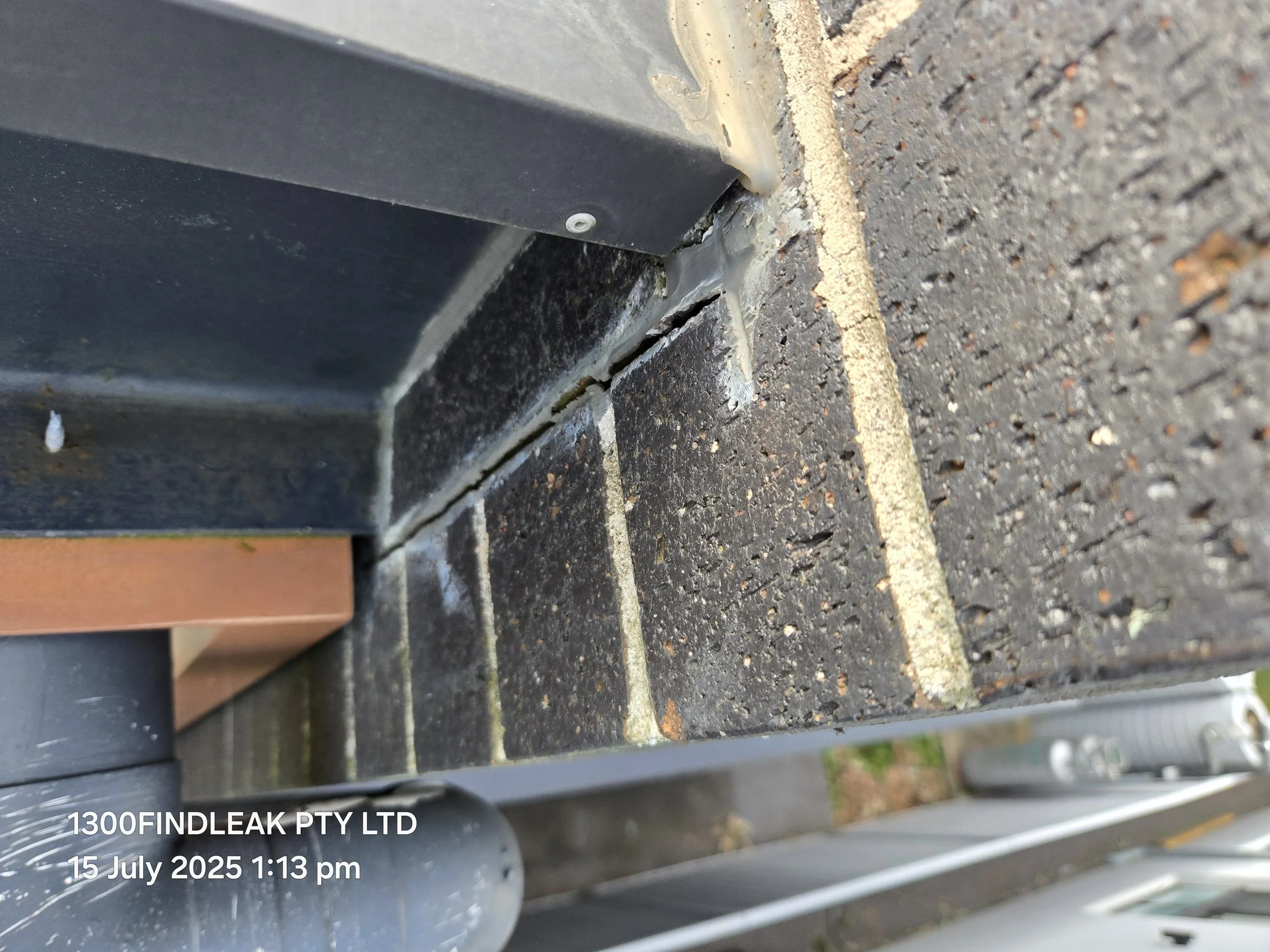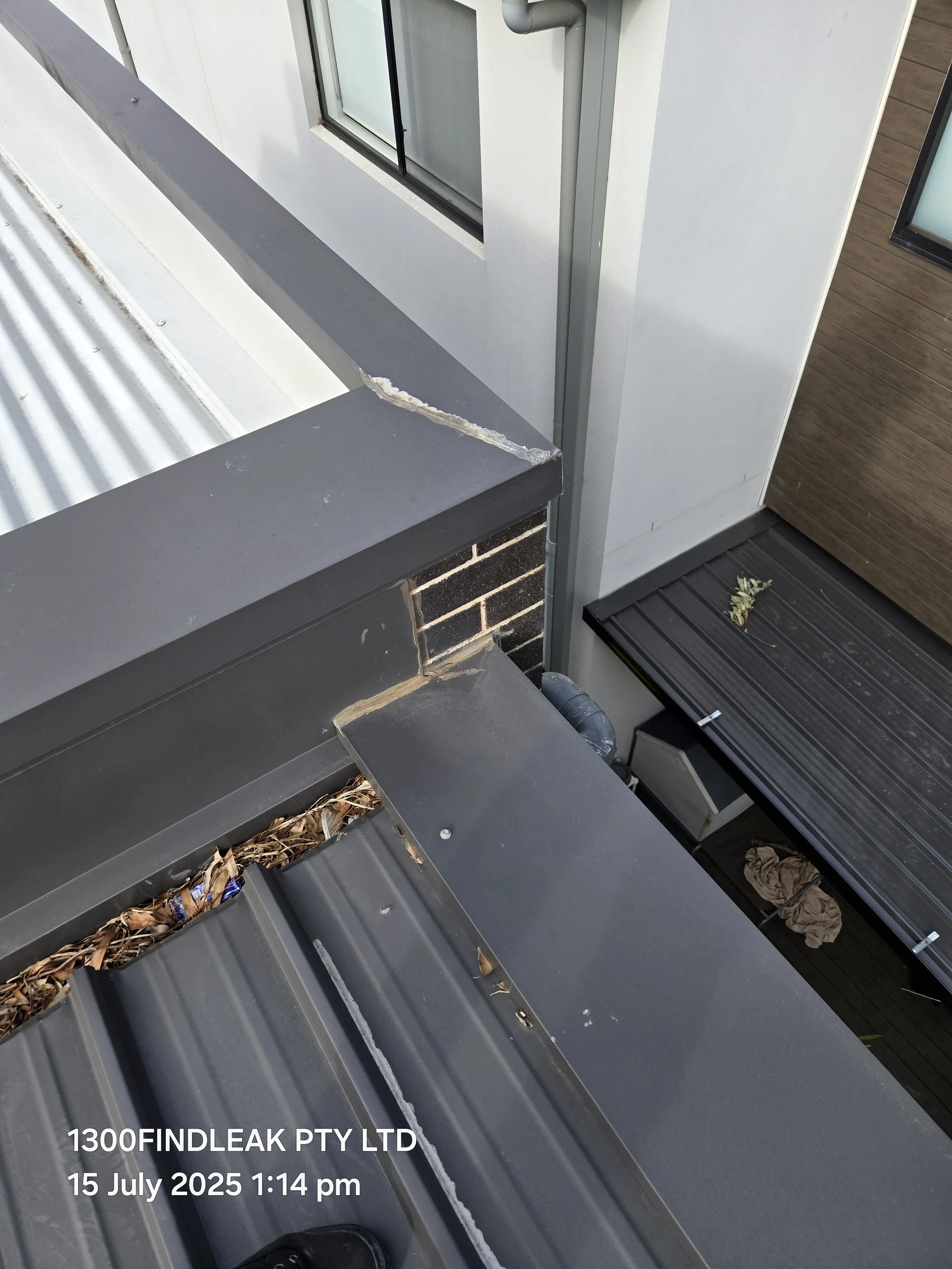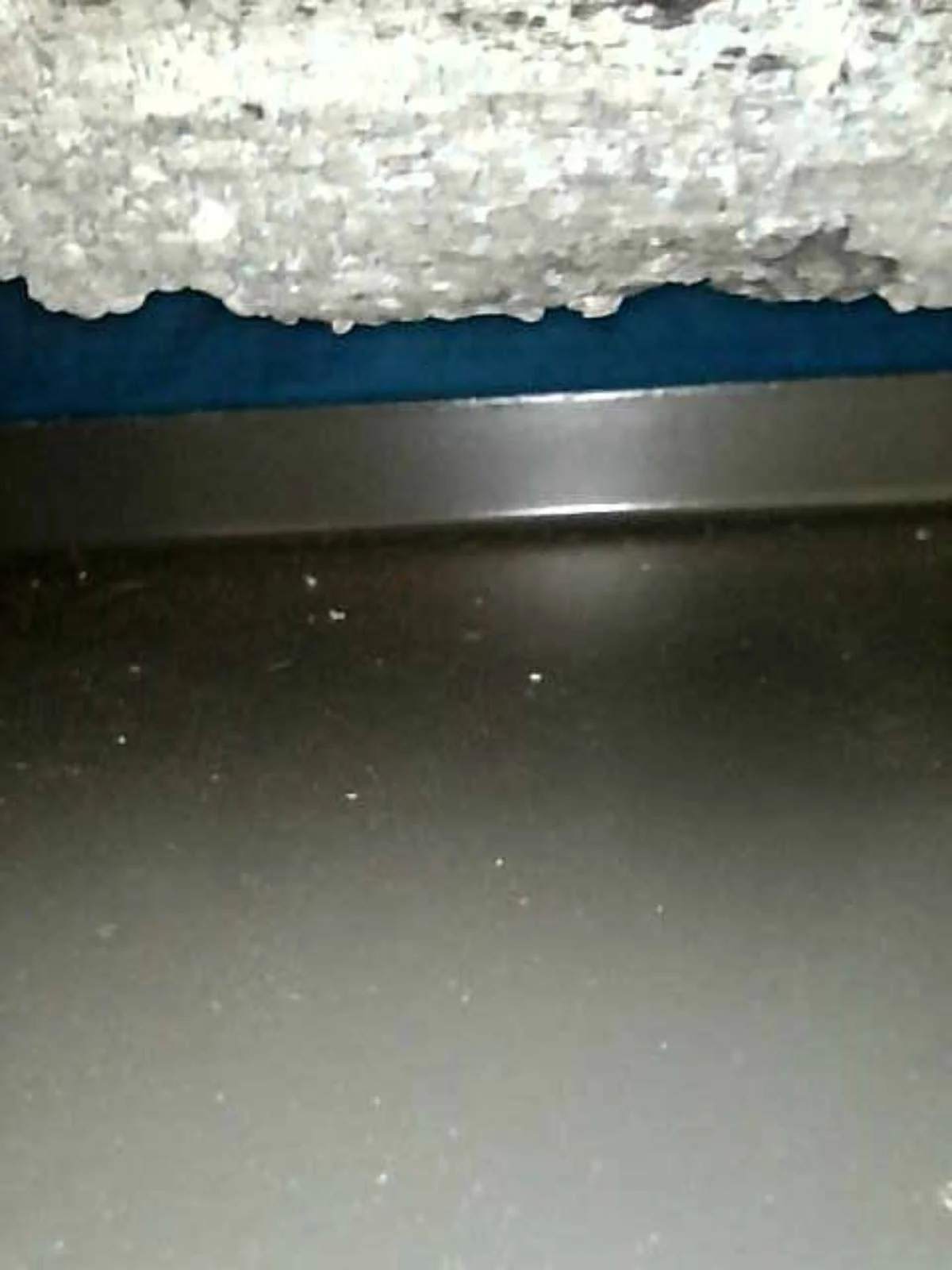Leak Detection Sydney - Poor Roof Plumbing in 4 Suburbs
Why poor building standards are causing so many leaks!
Water leaks are a homeowner's nightmare, capable of causing extensive damage, fostering mould growth, and leading to costly structural repairs. In Sydney, with its diverse range of properties from classic brick veneers to modern high-rise apartments, the prevalence of water ingress is a growing concern. While age and wear can certainly play a role, our recent investigations at 1300 FINDLEAK consistently reveal a more troubling truth: poor building standards, particularly in roof plumbing and flashing, are a primary culprit behind many persistent and damaging leaks. This isn't just about old homes; even relatively new constructions are falling victim to inadequate building practices.
Sydney's weather, characterized by periods of heavy, wind-driven rain, relentlessly tests the integrity of building envelopes. When construction standards fall short, these weather events expose critical vulnerabilities, leading to water damage, mould, rising damp, and even severe structural issues like slab heave. At 1300 FINDLEAK, we specialise in pinpointing these elusive leaks using advanced, non-invasive tools like thermal imaging and moisture surveys. Our recent case studies across various Sydney suburbs highlight how fundamental flaws in building practices are creating widespread problems, often leaving homeowners and strata managers frustrated and out of pocket.
Case Study 1: Little Bay – The Perils of Non-Compliant Flashing
At a two-level brick veneer house in Little Bay, NSW, we investigated water ingress into the ground floor garage ceiling cavity. While the leak wasn't active on our arrival, it had been a recurring issue during heavy wind-driven rain. The property featured a rainscreen system on its first floor, designed to manage water effectively. However, our inspection uncovered glaring non-compliances.
The under wall apron upstand, a crucial component for directing water away, was a mere 30mm – significantly undersized – and, critically, it was not correctly lapped by the building wrap. This fundamental error means water can easily bypass the protective layers. To make matters worse, a previous attempt to stop the leak involved a builder spray-foaming a section of this apron upstand at the footing. This is a non-compliant and ineffective repair method that traps water rather than diverting it. The overall roof plumbing installation was observed to be poor, with essential returns and folds missing, and non-compliant pressure flashing evident. These defects create multiple pathways for water to penetrate the garage ceiling. Such shoddy workmanship highlights how cutting corners on critical waterproofing elements can lead to chronic and expensive problems, necessitating a licensed roof plumber for comprehensive rectification.
Case Study 2: Panania – Multiple Points of Failure
Our investigation at Panania, NSW, a two-level brick veneer house, revealed water ingress into the garage, office, and first-floor landing ceiling cavities. Although the leak wasn't active on our visit, it was a known issue during heavy rain. This property showcased how a combination of seemingly minor defects can lead to widespread water damage.
Above the garage, an enclosed tiled balcony presented a major problem: its overflow was not properly secured or sealed, allowing water to escape. On the flat metal roof section covering the rest of the garage, we found unsecured flashing and fractured control joints. These compromised areas are prime entry points for water, especially under load. Moving to the first-floor landing, the Decktite (a type of pipe flashing) was found to be unsecured and improperly sealed. In the office area, a fractured control joint at the corner of the exterior cladding further contributed to the ingress. Each of these individual defects, if left unaddressed, compromises the building's waterproof envelope. Collectively, they create a complex web of vulnerabilities, allowing water to penetrate multiple internal areas. This case underscores the importance of a holistic approach to leak detection, as fixing one issue might not solve the problem if other entry points remain.
Case Study 3: Bellavista – Box Gutter Blunders
At Bellavista, NSW, a two-level brick veneer house, we investigated water ingress into the laundry ceiling cavity. The leak was not active when we arrived, but had been a persistent problem during heavy rain events. Our findings pointed directly to severe deficiencies in the roof's box gutter system.
The box gutter on the top roof, situated directly above the affected laundry, was consistently holding water – a clear sign of inadequate fall and drainage. Crucially, there was no sump installed, which is a vital component for efficient water collection and discharge in a box gutter system. This absence means water ponds, increasing the likelihood of penetration. Furthermore, the upstand of the box gutter lap was only partially sealed, and the through-wall penetration to the rain head exhibited an unsealed fold on its inner side. These unsealed points act as direct conduits for water, allowing it to bypass the intended drainage path and enter the ceiling cavity. The overall roof plumbing installation was deemed poor, with these specific defects representing significant compliance concerns. Such fundamental design and installation flaws in critical drainage components are a common cause of chronic leaks, demanding professional rectification to prevent ongoing water damage.
Case Study 4: Meadowbank – Cascading Leaks from Terrace to Bedroom
Our inspection at the penthouse of Meadowbank, NSW, a high-rise apartment building, focused on water ingress into the living ceiling cavity below a staircase leading to an outdoor terrace. While the leak wasn't active on our visit, it was a known issue during heavy wind-driven rain. This case highlighted how a single point of failure can lead to cascading damage in unexpected areas.
The outdoor terrace featured a door and two fixed window panes. A controlled load test revealed that the north-facing fixed window sill had failed, allowing water to penetrate. More alarmingly, the fire door adjacent to the landing was struggling under load, permitting water to enter internally. Our investigation confirmed that the ingress from this fire door was the direct cause of a separate leak observed in the bedroom window directly below. This demonstrates how water, once inside the building envelope, can travel along internal structures and manifest in seemingly unrelated locations. The failure of a fire door to prevent water ingress is not only a waterproofing defect but also a serious safety concern. These defects are clear examples of inadequate construction that compromise both the building's integrity and its occupants' safety.
The Root Cause: Why Are Standards Falling Short?
These case studies from Little Bay, Panania, Bellavista, and Meadowbank paint a clear picture: many water leaks in Sydney are not simply due to aging infrastructure, but rather stem from fundamental flaws in building standards and practices. Common issues include:
Inadequate Flashing and Lapping: Flashing is the unsung hero of waterproofing, yet it's often poorly installed, incorrectly lapped, or even omitted entirely. This allows water to bypass the primary building materials and enter cavities.
Compromised Control Joints: These vital joints are designed to accommodate building movement, but when they are fractured, perished, or improperly sealed (e.g., with rigid render instead of flexible sealant), they become direct pathways for water.
Poor Drainage Design and Installation: Issues like ponding gutters, missing sumps, blocked weep holes, and incorrect falls mean water isn't efficiently removed from critical areas, leading to overflow and ingress.
Substandard Repairs: "DIY" or unqualified repairs, such as spray-foaming over leaks or using incorrect materials, often exacerbate the problem by trapping water or creating new vulnerabilities, rather than solving the root cause.
Lack of Compliance Adherence: Many of these defects directly contravene the National Construction Code (NCC) and Australian Standards, indicating a systemic issue with quality control and oversight during construction.
These deficiencies often arise from a combination of factors: rushed construction schedules, a lack of skilled tradespeople, cost-cutting measures that compromise material quality or installation time, and insufficient supervision to ensure adherence to best practices. The long-term cost of these shortcuts far outweighs any initial savings, leading to extensive damage, health hazards from mould, and significant remediation expenses for property owners.
Don't Let Poor Standards Soak Your Investment
Water leaks, particularly those caused by underlying building defects, are complex and require expert diagnosis. Relying on superficial fixes or unqualified trades can lead to recurring problems and escalating damage. At 1300 FINDLEAK, we pride ourselves on our non-invasive, evidence-based approach to leak detection. Using advanced thermal imaging, moisture surveys, and targeted water testing, we pinpoint the exact source of water ingress, even when it's hidden behind walls or under floors.
If you're experiencing persistent leaks, water damage, mould, rising damp, or suspect issues like slab heave in your Sydney property, don't wait for the problem to worsen. Early and accurate detection is key to preventing costly repairs and safeguarding your investment. Trust Australia's leading leak detection specialists to provide you with a comprehensive report, identifying defects, compliance issues, and clear repair recommendations. Contact 1300 FINDLEAK today – we find leaks plumbers can't!

